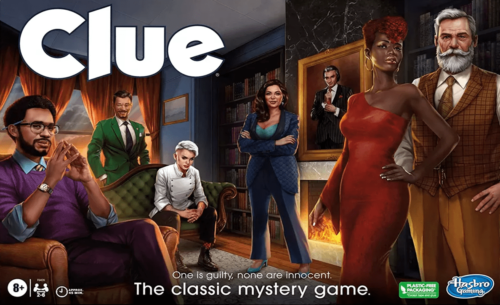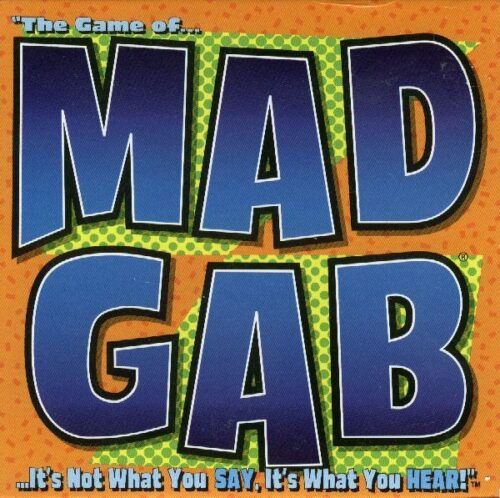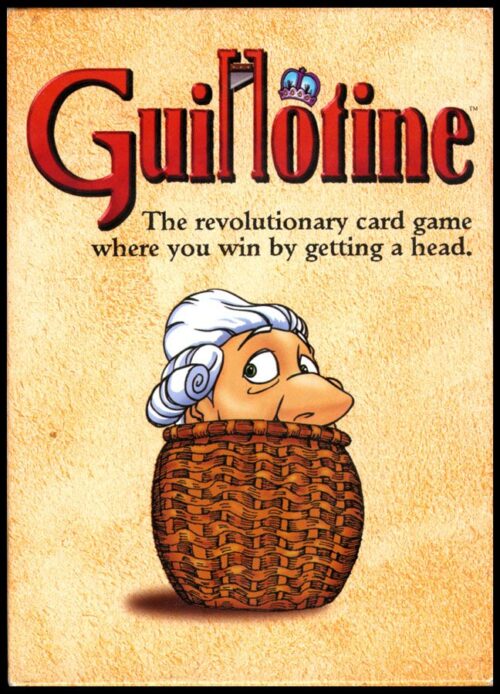Description
Redevelopment of Lost Cities, first published with altered rules as Keltis, and then published by Rio Grande as Lost Cities: The Board Game with Knizia’s original rules and theme.<br/><br/><br/> Reiner Knizia: "The original version that we developed is exactly what Jay [Tummelson, owner of Rio Grande Games] has now published [LCBG]" <br/><br/><br/>Primary differences between Lost Cities: The Board Game and Keltis:<br/><br/>1. In LCBG you play 3 rounds, scoring at the end of all 3 for the monuments you collect. (Normal scoring occurs each round.) In Keltis, you only play 1 round, and score everything each round. This is not just a rule difference, as the scoring is different for the monuments/stones based on the number collected.<br/><br/>2. In Keltis, you may play your cards in either order, descending, high to low, or ascending, low to high. In LCBG, you must play in ascending order.<br/><br/>Note: the rules for LCBG have the Keltis rules as variants, and have the board elements necessary for #1 above. Keltis does not have the rules nor board elements to play LCBG.<br/><br/><br/> Kosmos (Keltis publisher) changed the card play to ascending and descending order to lower the luck level and add balance to the game.<br/> Kosmos changed the theme to fit in with other Kosmos abstract game series. <br/><br/><br/>There are more differences, which are non-substantive. Lost Cities: The Board Game has a different-looking board, tiles and figures (meeples) to connect with its predecessor. Card-play in descending order is an optional variant in this edition. The numbers have been multiplied by 5 to strengthen the relation to the card game, and instead of a scoring track you collect your points as golden coins.<br/><br/><br/>From the Keltis entry:<br/><br/>Players play cards to move their playing pieces along stone paths. There are cards with 5 different colors/symbols, each corresponding to one path; in addition, each card shows a number (0-10, twice each). In each color, each player can play his cards either ascending or descending. Like Lost Cities, it’s better to concentrate on a few paths, since the last spaces grants high points, but ending early gives negative ones.<br/><br/>The player in turn plays one card (out of a hand of 8), or discards one. He moves the corresponding playing piece on the path. Many of the spaces have a token that grants some bonus – either direct points (counted on the scoring track), an extra move on a path, or wish stones that are needed at game end to avoid negative points.<br/><br/>The game ends when a total of 5 playing pieces have reached the 7th space (or more) on their paths. Now, scoring happens:<br/><br/><br/> Pieces which only moved 1-3 steps give negative points (-4, -3, -2).<br/> Pieces with 4+ steps grant points (1, 2, 3, 6, 7, 10).<br/> One piece of each player is higher and scores double.<br/> Fewer than two wish stones grants negative points (-3 / -4)<br/> 5+ wish stones yield a bonus of 10 points.<br/> All this is added to the points scored during the game<br/><br/><br/>






